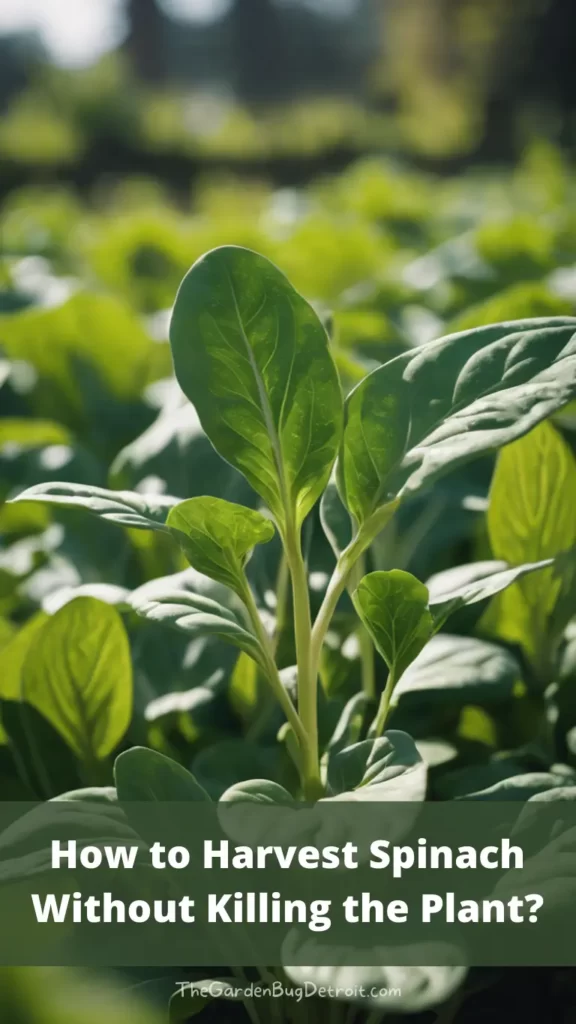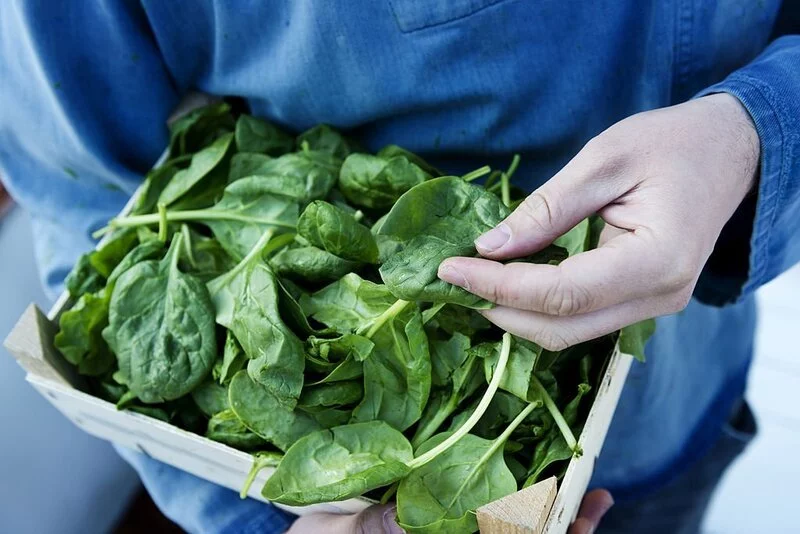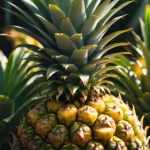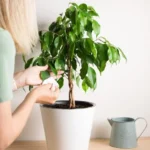Let’s talk about spinach, a green vegetable that’s good for more than simply Popeye. A garden with this plant in it is a garden with health and flavor. Picking spinach leaves at the wrong time or in the wrong technique might kill the plant. Come on, then; let’s get started.
- Longevity spinach, also known as Gynura procumbens, is growing in popularity thanks to its benefits as green, leafy spinach!
- Longevity spinach, also known as the longevity green, is a veggie plant famous worldwide but primarily found in Africa, China, and Southeast Asia. It would thrive in areas that have tropical climates, being native in terrestrial, warm locations and habitats.
- Longevity spinach grows to a maximum height of 12 inches, with a minimum height of 6 inches. Come spring season, the plant would grow flowers, showing orange inflorescences on its axillary stem.
- The leaves of the longevity spinach are fleshy and smooth, rounder in shape to ovate, with greenish on the upper side, while it is purplish underneath. The leaves have a width of 1.3 inches and a length of 3 inches.
- When growing longevity spinach indoors or outdoors, you should know that they are hardy, growing well in indoor and outdoor environments. When you grow them outdoors and spread them, they trail up or cover the ground. You can also trim them to grow more like bushes. If they grow in a pot, you can clip them.
Understanding Spinach and Its Growth Cycle
Let’s start with a little introduction to spinach. Because of its short life span, this plant is classified as an annual. Although spinach thrives in mild temperatures, it wilts in high temperatures. When temperatures rise too high, it “bolts,” sending up a long stalk from which seeds are released. Spinach leaves are at their most nutritious and flavorful right before they bolt.
When to Harvest Spinach
When picking spinach, timing is of the essence. You shouldn’t pluck it too soon, otherwise the leaves will be too little. Waiting too long, though, can cause the leaves to turn bitter. So, when would be ideal? About 6 to 8 weeks after planting, when the spinach leaves have grown to about the size of your palm, you can begin harvesting the crop. You can feel safe picking a few leaves at a time from your spinach plant. In fact, it will expand and yield much more results.
How to Harvest Spinach Correctly
Careful cutting is like giving spinach a haircut at harvest time. To remove a leaf properly, you should grasp it near its base on the stem and slowly and carefully peel it off the plant. A knife or scissors can also be used to remove the leaves. Keep in mind that you should only pick a little amount of leaves from each plant. Remember to always begin with the outer, more mature leaves. They’re the ones who are primed and ready for selection. The inner, younger leaves have more room to expand.
Harvesting Tips to Ensure Plant Survival
Following these guidelines will help keep your spinach plant content while you harvest its leaves. To start, try not to pull or tear the leaves off. The plant’s growth may be stunted as a result. Second, try to limit the number of leaves you pick at once. Half of the plant’s leaves must be left on for it to continue photosynthesizing and growing. Last but not least, harvest first thing in the morning when the leaves still have some moisture on them. They’ll have a better flavor if you do.
Post-Harvest Care for Spinach Plants
Even after you’ve picked your spinach, your plants still need attention. Water is essential, especially if it’s warm outside. Also, be sure to look for any parasites or infections. If you give your spinach plants the attention they need, they can keep producing leaves for months.
Conclusion
If you know what you’re doing, harvesting spinach won’t harm the plant at all. Take care not to damage the plant by removing too many leaves at once, and always water and care for your plants, even after harvest. All the best with your gardening endeavors!





